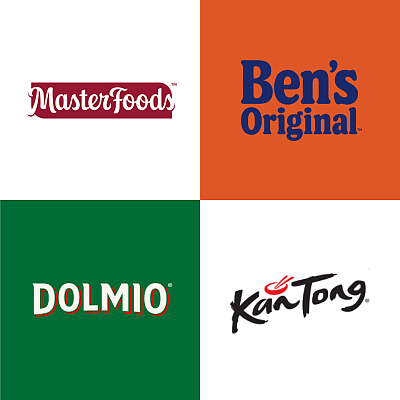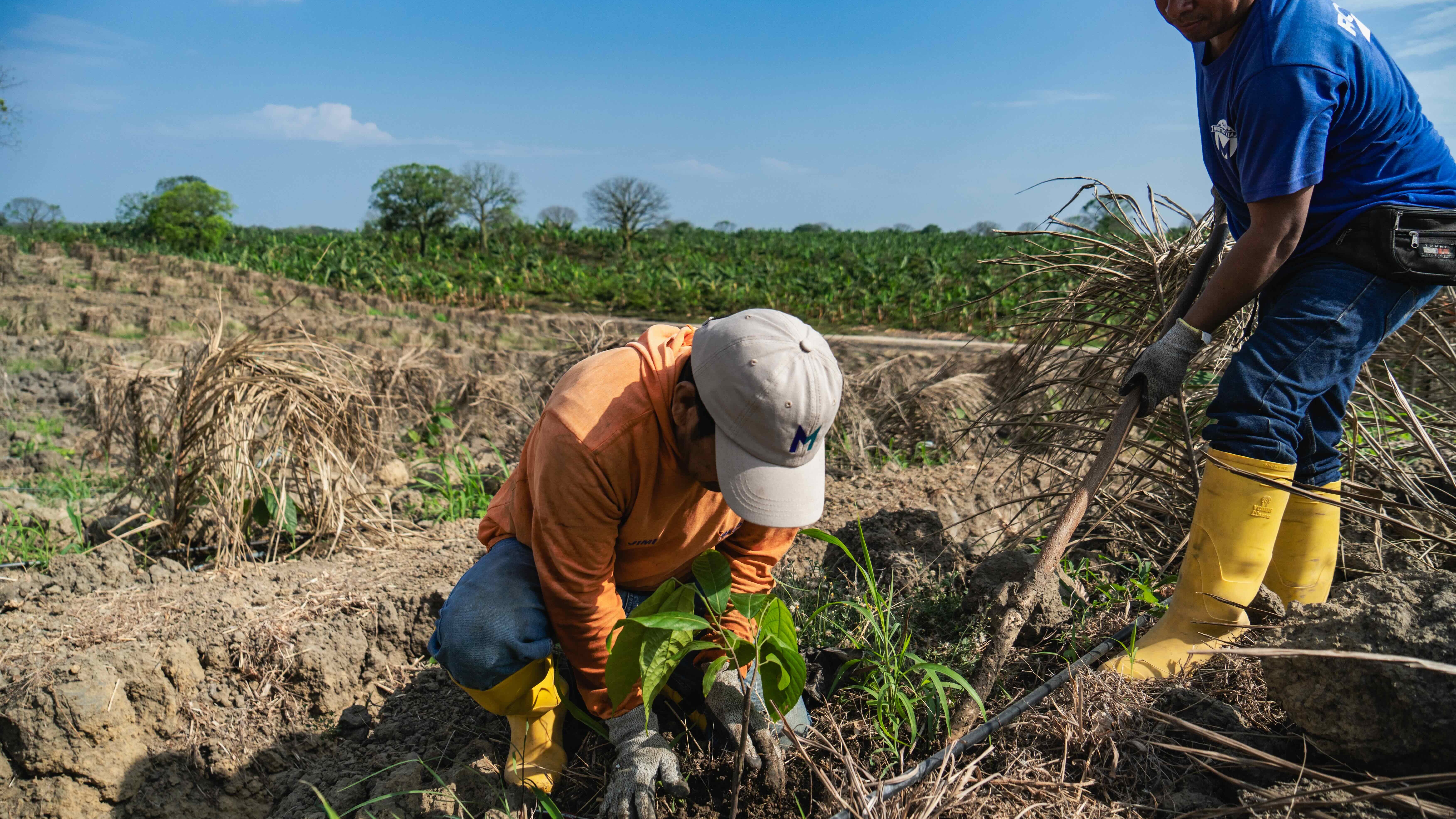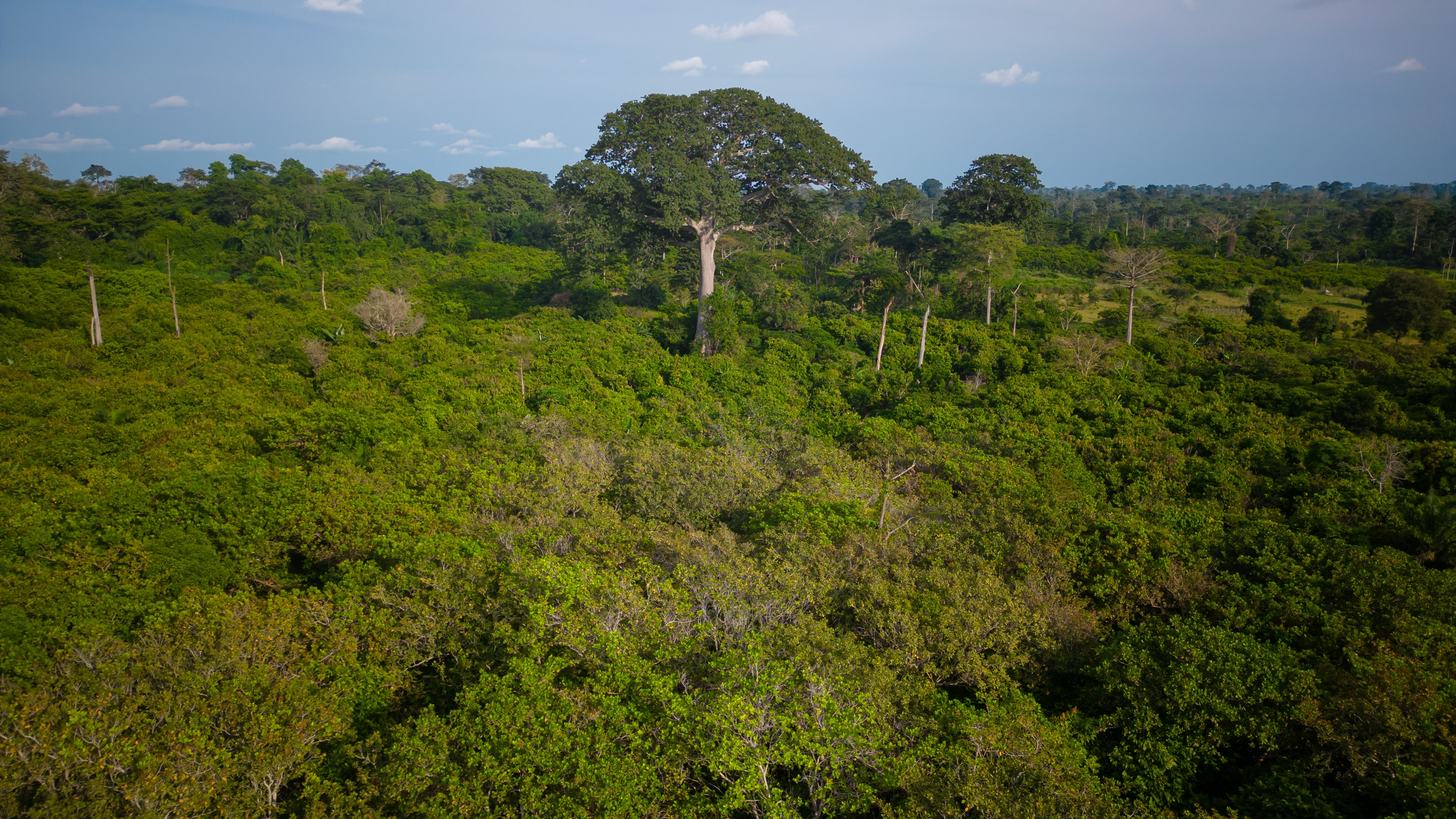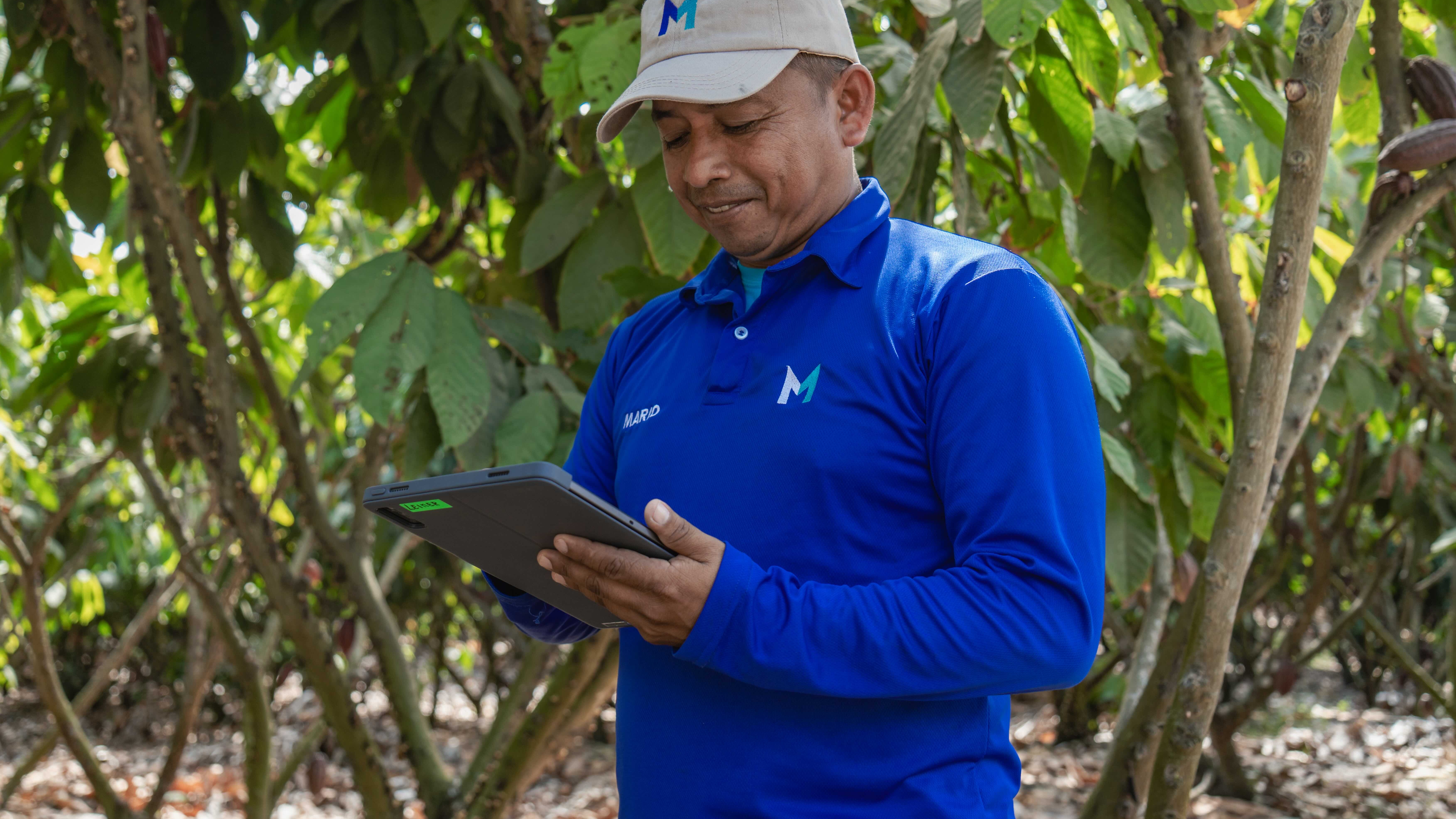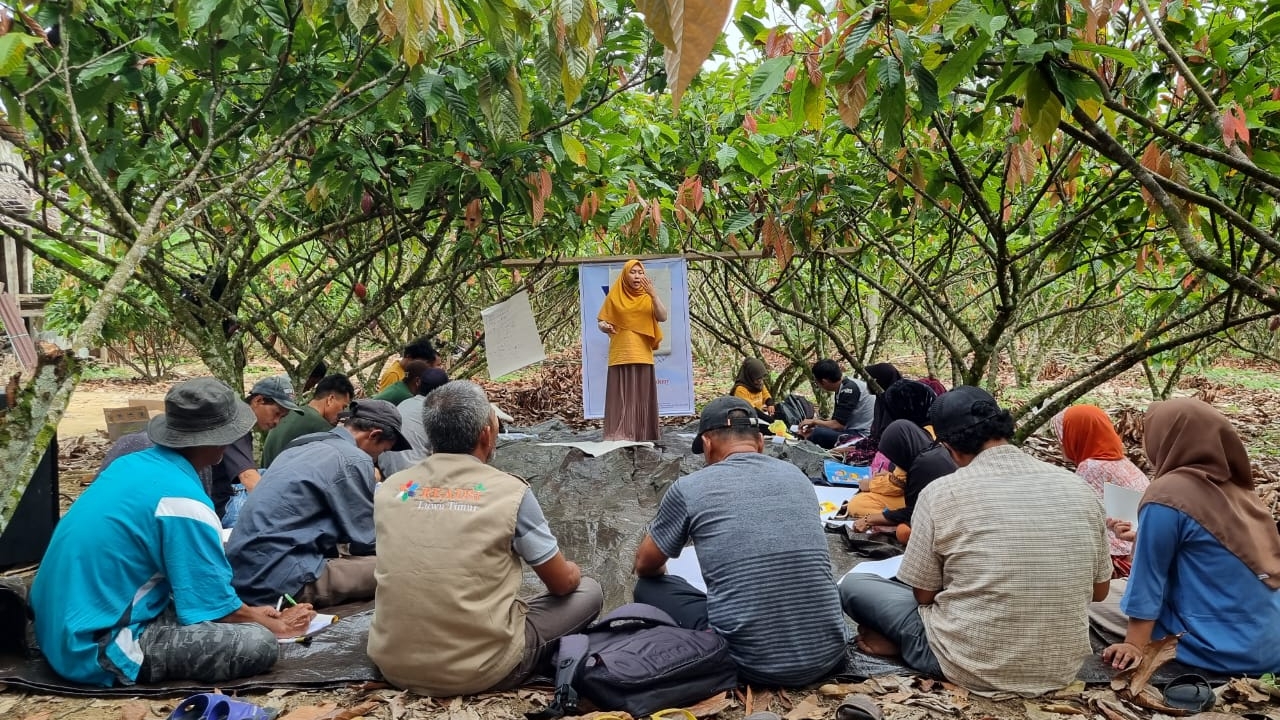Sustainable Cocoa
Working toward a more sustainable cocoa ecosystem.1
Helping combat environmental challenges.
In working toward a more sustainable cocoa ecosystem, Mars strives to help look after natural resources for cocoa-growing communities. We’re helping by:
- Aiming to reduce greenhouse gas emissions in the cocoa supply chain
- Partnering with organizations to help preserve biodiversity and reduce deforestation
- Helping to foster more resilient cocoa production
Striving toward sustainable cocoa
Thanks to our global network of suppliers and partners, we’re helping to support the future of cocoa. Let’s take a look at some of recent progress.
Supporting agroforestry training
In 2023 alone, in Indonesia, the Mars Cocoa Academy dedicated 131,432 training hours that engaged 641 farmers and participants in agroforestry and agronomy training.
Promoting biodiversity
In 2023, more than 1.8 million new non-cocoa trees were distributed through suppliers for on-farm planting to increase shade and biodiversity.
Helping safeguard forests
By 2023, at least 718,000 hectares in our global supply chain were assessed for deforestation risk, and 99,000+ farmers in Côte d’Ivoire and Ghana have received forest protection training through suppliers.
Program spotlight
We’re working collaboratively to help improve cocoa production while striving to look after natural resources for cocoa-growing communities.
Stories from farming communities
Footnotes
1.At Mars, we recognize that the global cocoa supply chain faces many complex and interconnected risks and challenges, especially in regions of West Africa. Although Mars does not own or operate any cocoa farms in West Africa, it does purchase cocoa sourced from all over the world, including West Africa. Mars is making investments in various programs with the goal of helping to combat the risks of human rights abuses, climate change and threats to forests, among other things. Ultimately, no one actor can combat these risks alone—lasting progress will depend on collective action from governments, corporations, NGOs, and all stakeholders in the cocoa industry.
2. When we say climate-resilient practices we mean practices that can help cocoa withstand the effects of climate change. These can include agroforestry, shade trees, and fertigation, which can help with drought resistance, as well as practices that help protect against potential future threats, such as diseases spreading in new regions.



